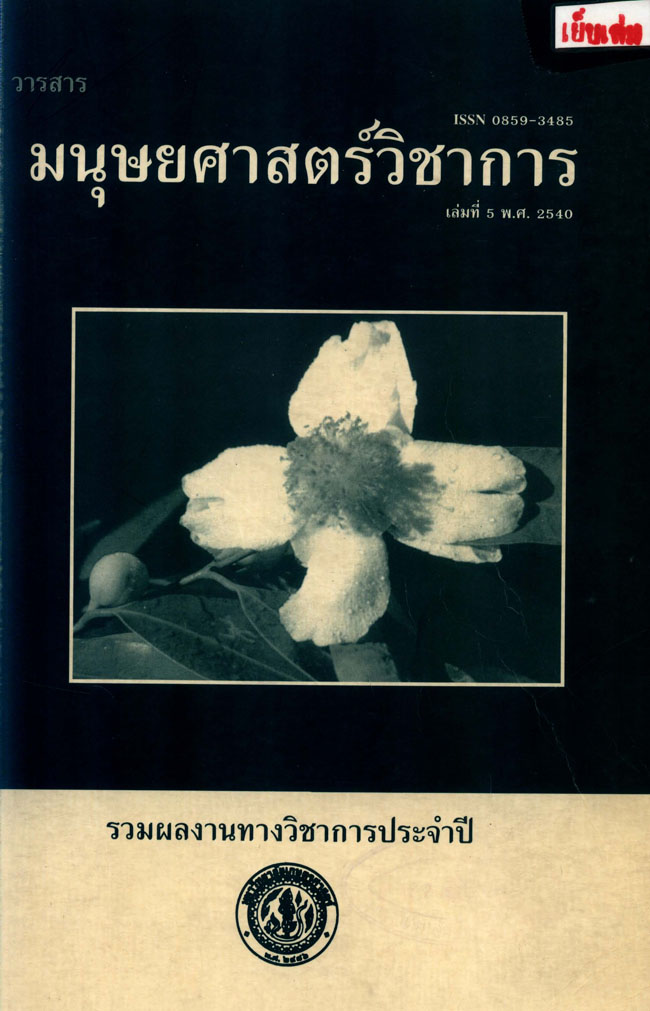Three Major Nonverbal Components in Cross-cultural Communication
Main Article Content
บทคัดย่อ
People may find cross-cultural communication difficult even if they overcome the nature carriers of language difference. The are required to speak the language and use appropriate nonverbal behaviour, cultural cues at the same time. “To understand cues cross culturally becomes even more complicated because each of us learns the cues that are appropriate in our culture, and each culture has different cues to show basic ideas “ (Archer, 1991:76-7). As we move around the world we cannot help noticing that certain familiar gestures disappear and other strange ones take their place. EN-US;mso-fareast-language:EN-US;mso-bidi-language:TH'>Le commedie) ขึ้นจนมีลักษณะเป็นละครคลาสสิคและเป็นที่นิยมอย่างกว้างขวางเทียบเท่ากับละครโศกนาฏกรรม (La farce) แต่ปรากฏว่ามาถึงสมัยของโมลีแยร์โดยเฉพาะในช่วงระหว่างปี ค.ศ. 1652 จนถึงปี ค.ศ. 1669 ปรากฏว่า มีบทละครสุขนาฏกรรมที่แต่งขึ้นและจัดแสดงถึง 39 เรื่อง ในขณะที่บทละครโศกนาฏกรรม มีเพียง 27 เรื่องเท่านั้น โมลีแยร์เองเป็นผู้แต่งบทละครดังกล่าวจำนวนหลายเรื่อง
Article Details
ประเภทบทความ
บทความวิชาการ


